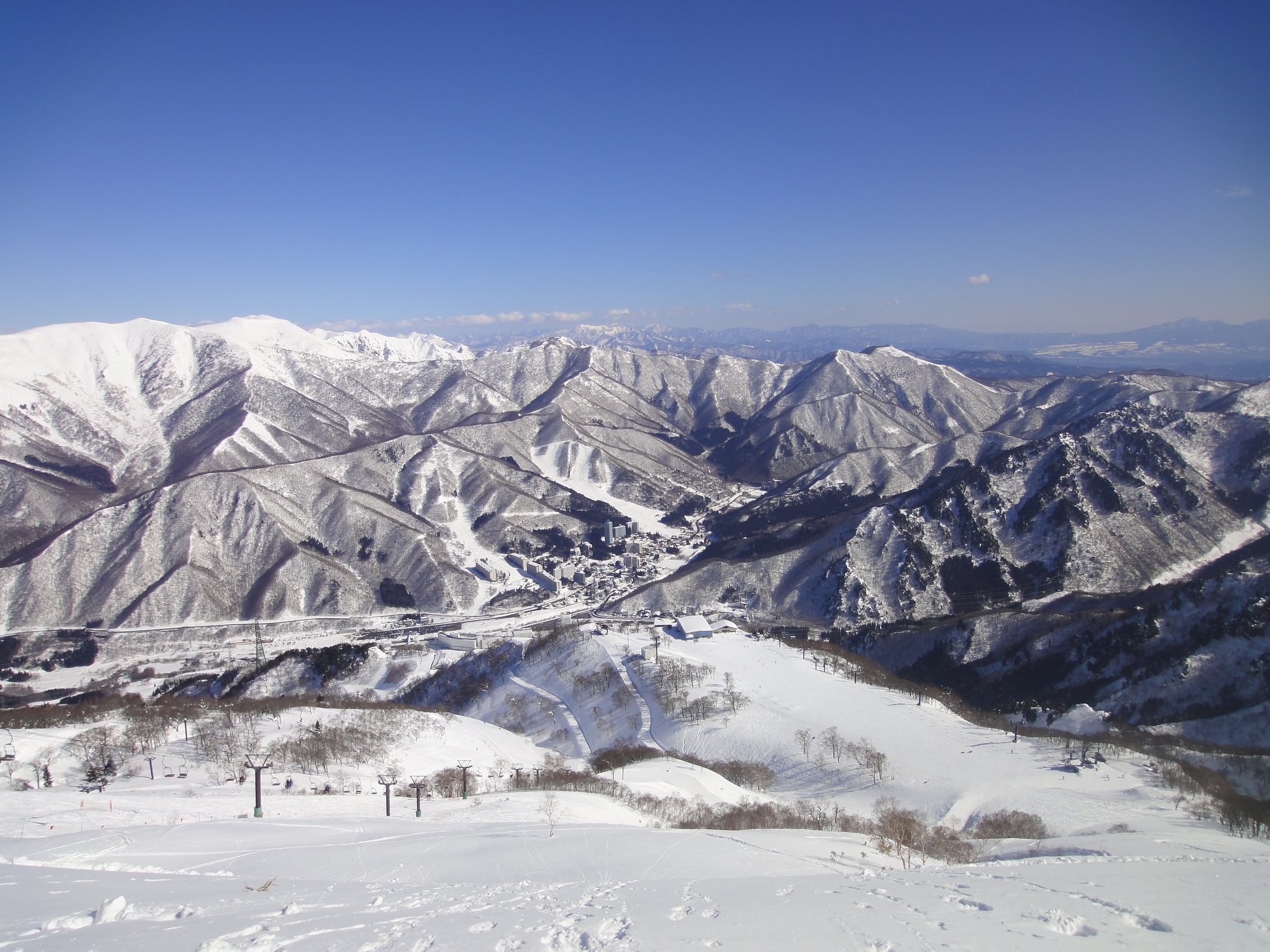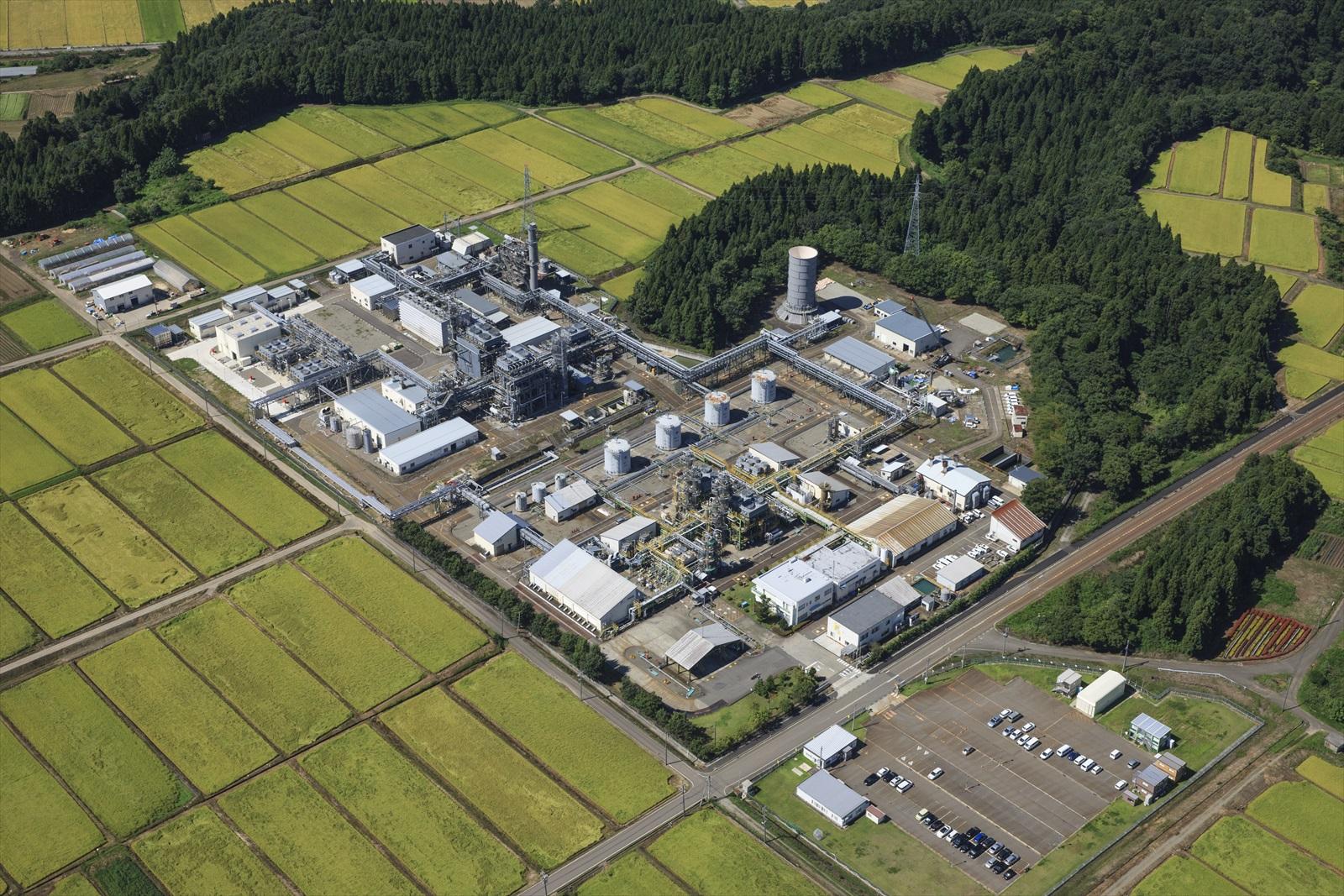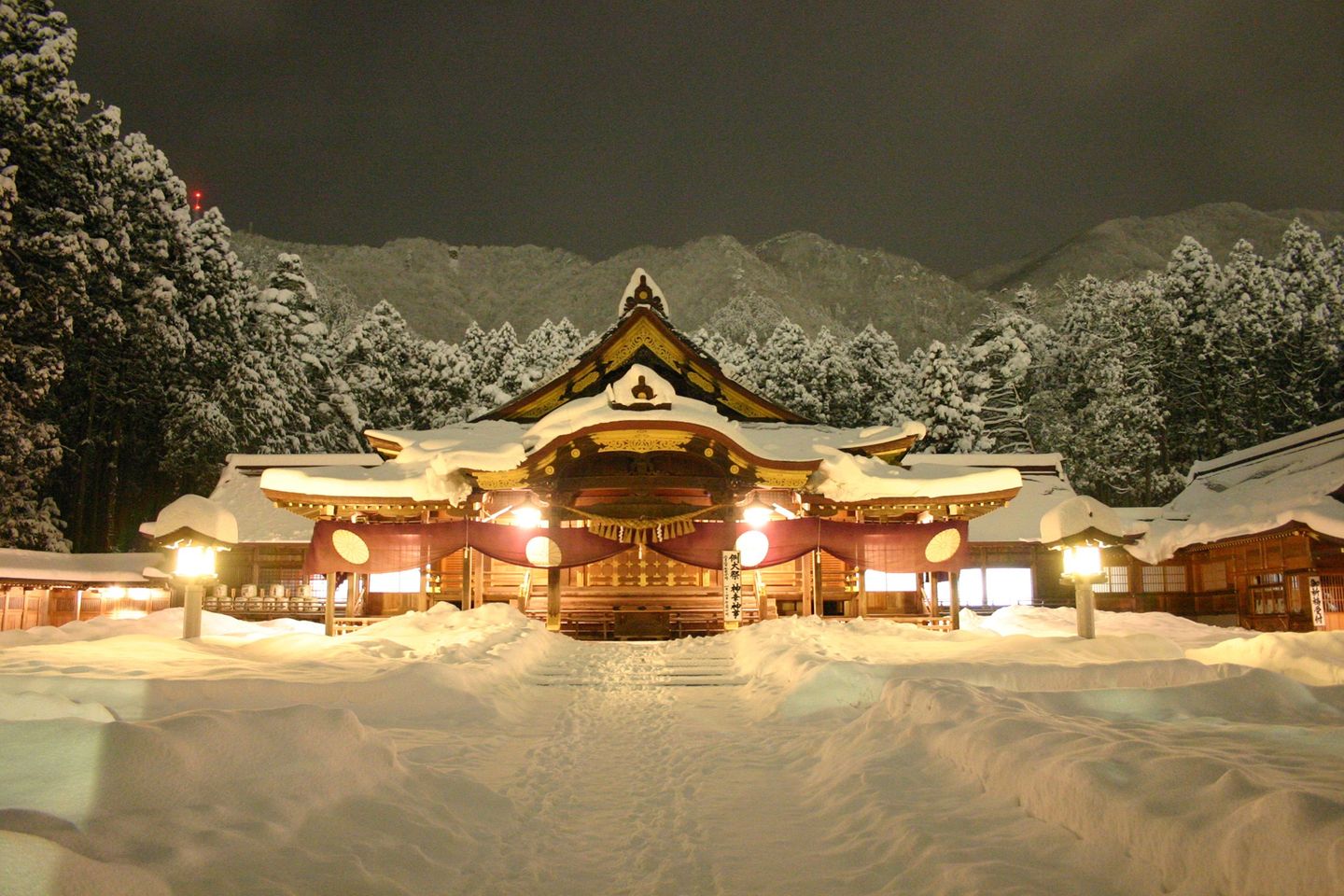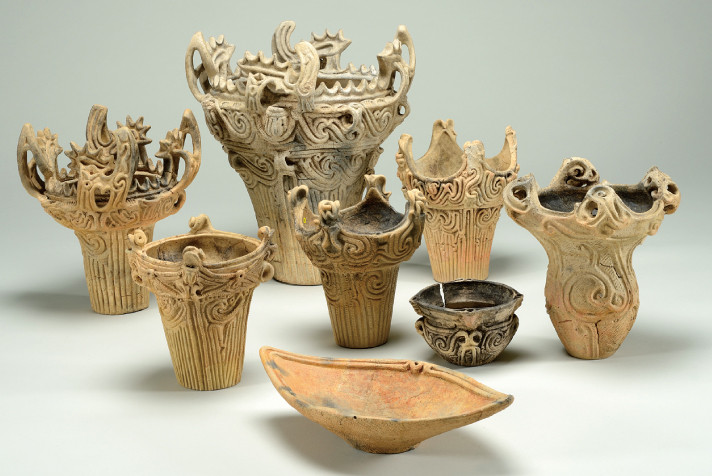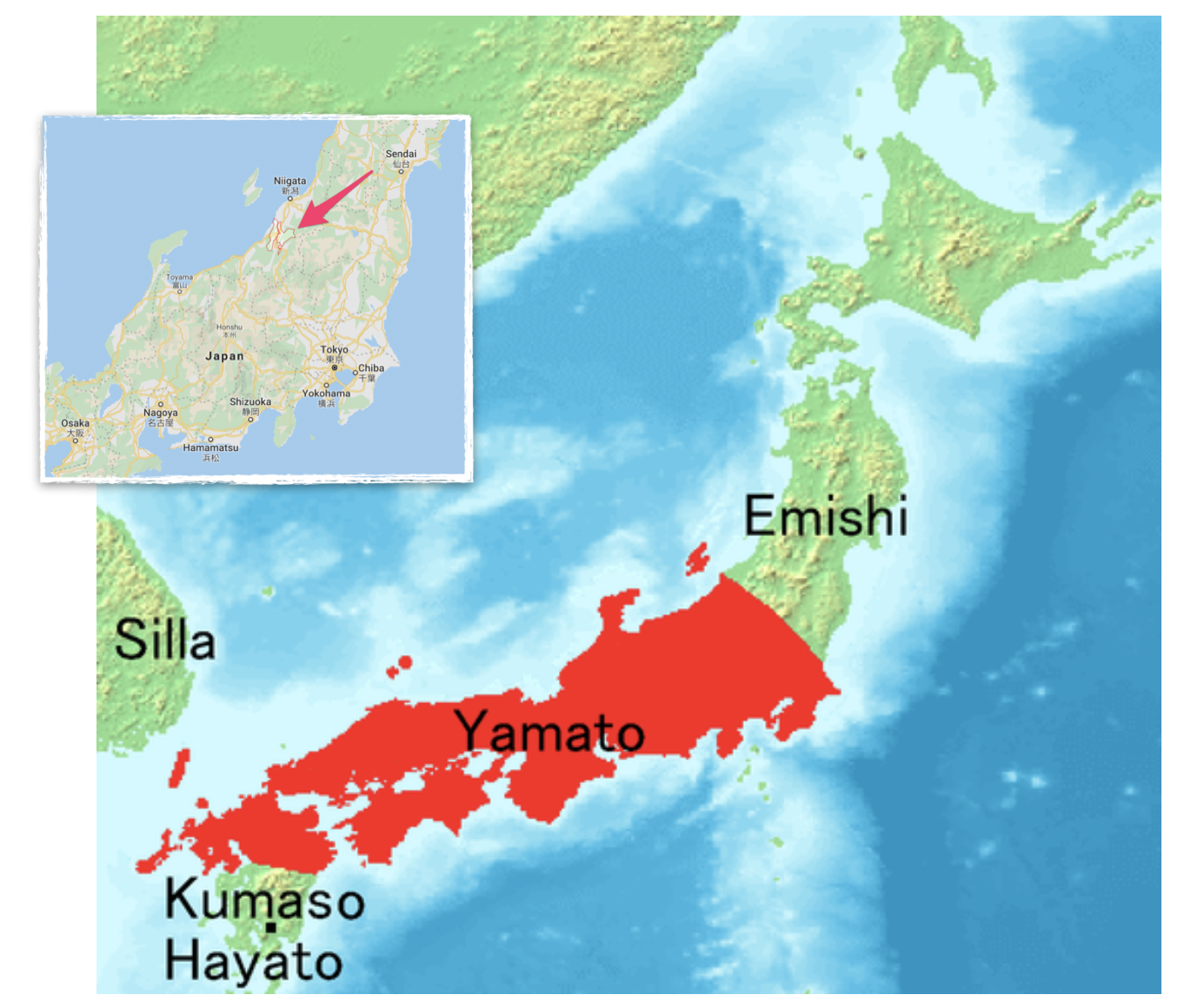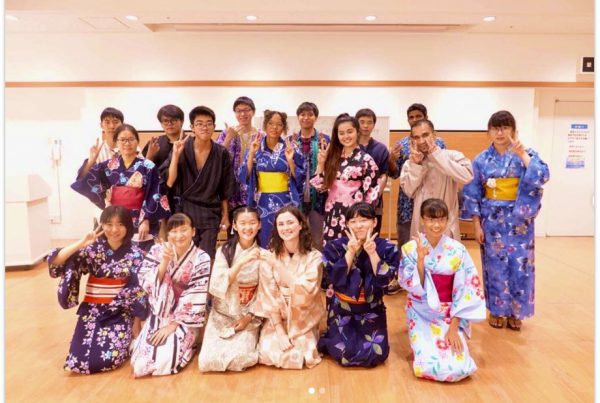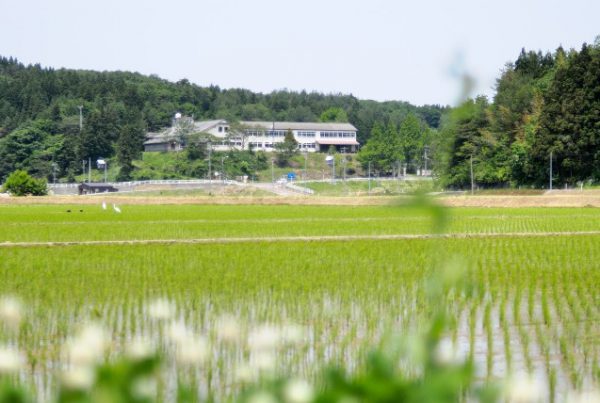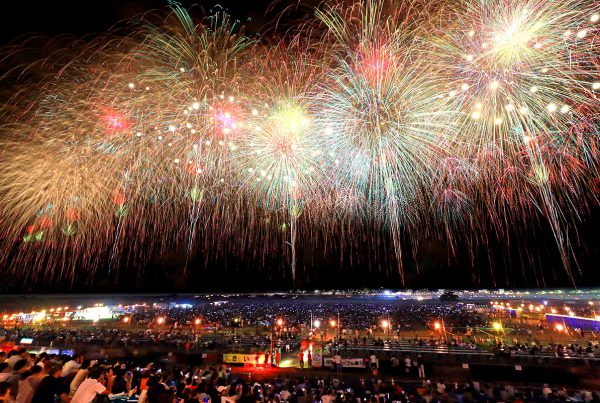From a very young age, Yasutaka Yumoto has developed a keen interest in Japanese history and culture. Growing up, he would learn from his father the rich cultural details of Japan, the traditions and lifestyles of the previous eras, and cultural landscapes and natural symbols that evolved with the way of life of the Japanese people.
It would not be surprising how, years later, he would become a researcher and historian who would happily discuss these topics.
“My father often told me stories about history and folk tales for as long as I can remember,” Yasutaka begins.
“One example of this is Janjanbi, which is a mysterious ball of fire which has various versions in the Nara prefecture. It is said that the mysterious fire is a vindictive spirit that can cause you to suffer from a fever for three days and three nights if you see it.”
“Of course it is not true, but it is a representation of the kind of storytelling in the past.”
“And for the facets of history that equally fascinated me, I found that, most of these are not normally available online or not told in a way that is accessible to a wider audience who doesn’t speak Japanese.”
Yasutaka Yumoto of Nagaoka City, Niigata, Japan.
Living abroad
To make this possible, Yasutaka, in his late teens, decided to live abroad to enhance his language skills and broaden his life experiences.
“I chose a university where I can both study Japanese history and English.”
“And I stayed with an American family to experience a culture different from Japan.”
“From that experience, I learned that what is natural for me is not completely natural in different regions and countries, and that different places have different ways of living and customs.”
“While I was very interested in the history and culture different from my own, living abroad also made me realize that there are still a number of interesting facts about my hometown that aren’t widely known.”
Returning home
In 2014, he returned to his hometown of Nagaoka and decided to organize a historical tour of the town with his local friends. Eager to develop human resources who are interested in local history, Yasutaka would then later set up many historical events, write and lectures on the theme of his local history and culture, and make these resources accessible online through podcasts and video sharing platforms like Youtube.
“Through this activity, I was able to meet a lot of people from all walks of life regardless of occupation, gender, or age. Moreover, I connected people from Nagaoka who are equally eager to share their own stories about the town.”
“While Nagaoka is famous for its rice (koshihikari rice), rice wine (sake), and local delicacies made from glutinous rice and cream puffs made from 100% rice flour, did you know that it is home to one of the largest gas fields (Minami-Nagaoka gas field) in Japan?”
An aerial shot of the Minami-Nagaoka gas field. Source: Nikkei
“Nagaoka is also the birthplace of Haruo Minami, an enka singer who sang the theme song of the 1964 Summer Olympics in Tokyo and who popularized the saying “Okyakusama wa kamisama desu” (the audience/guests are god).”
The statue of Haruo Minami in Nagaoka City. Source: Wikipedia
For those who have not been to Nagaoka or the Niigata area, we let Yasutaka tell us four more facts about his hometown that people should know about.
Niigata is home to the largest number of shrines in Japan.
“In Japan, there are more shrines (estimated at 88,000) than temples (estimated at 77,000), and this can jump to as high as 200,000 to 300,000 if you include those in large shrines and small shrines enshrined in the area. It is said that the number of shrines and temples exceed the total number of convenience stores in Japan (estimated at over 55,000 as of 2018).”
Yahiko Shrine during winter. The shrine was built in 711 and is one of the most revered shrines in Niigata. Source: Niigata Tourism Information
“Among them, the number of shrines in Niigata prefecture is said to be 4,753 (as of 2018), which is much higher than the second at 3,836 (Hyogo prefecture) and the third one at 3,322 (Fukuoka).”
Unique and rare earthenware have been discovered along Shinano River.
“Most likely, Shinano River would be best known for being the largest river in Japan. However, I would also like to share that the river gave birth to a type of flame-shaped pottery that is representative of the Jomon period. This also makes Niigata the birthplace of the flame pots.”
“About 8,000 years ago, the climate of the Shinano River basin changed. Due to an environmental change brought about by the Tsushima Current flowing into the Sea of Japan, Niigata began to receive heavy snowfall, making it one the areas in the world that received a huge amount of snow and earning the moniker, “Snow Country.”
Shinano River is considered the longest and widest river in Japan. Source: Japanese Beauty
“During the Jomon period about 5,000 years ago, researchers discovered the flame pots, which was so striking because of the four large protrusions. Some say it represents flames or flowing water, and I wouldn’t be surprised if they say so because Niigata is an area where the mountains, river, and sea meet.”
Flame pots discovered in the Shinano River Basin. Source: Kaen Heritage
“This type of pottery was probably also used as a part of ritualistic purposes. No other place had the highest scale and density of these flame pots than those found along the Shinano River basin.”
“Truly a symbol of Niigata’s historical heritage.”
The road in Nagaoka used to connect two big political powers.
“In ancient times, the Yamato court, seen as the central imperial power in Japan and whose main figure is the emperor, exercised its power over clans in Kyushu and Honshu. Echigo Province, which is the present-day Niigata Prefecture, was also within the reach of the Yamato court.”
“Separated from this imperial rule was the northeastern third of the Honshu region. The people in this region were called Emishi or ‘people who did not obey’.”
Yamato in 7th century
“The intention of the Yamato court to expand their territory northward intensified. And it took them four decades of attempt to submit the Emishi to the central imperial authority.”
“Otoyoshimachi, Nagaoka City, located in the center of Niigata Prefecture, can be considered a path that shaped the social and political transformation of Japan.”
Nagaoka is the hometown of the dry cell king.
“In the Meiji era, dry batteries were born in Japan ahead of the rest of the world.”
“In 1893, Yai’s dry batteries were released as a power source for seismographs at the Chicago World’s Fair in the United States and attracted attention.”
“The following year, demand surged because of the Sino-Japanese War. Yai’s dry batteries, which do not freeze even in extremely cold regions became very critical as they powered were communication equipment used by the military in the battlefield.”
Sakizou Yai and the dry battery. Source: Battery Association of Japan
We hope that your visit to Nagaoka or Niigata will be enhanced by knowing these interesting facts. If you want to hear more from Yasutaka, connect with him here.
Main image source: Niigata Tourism Information

